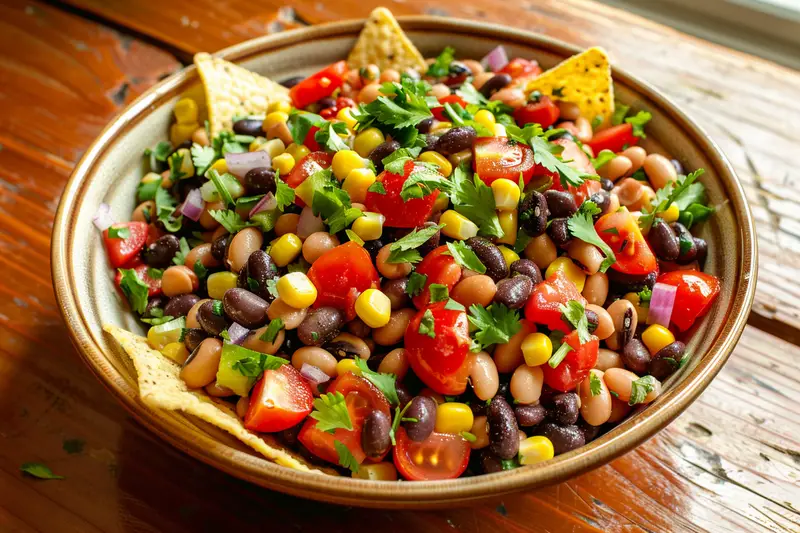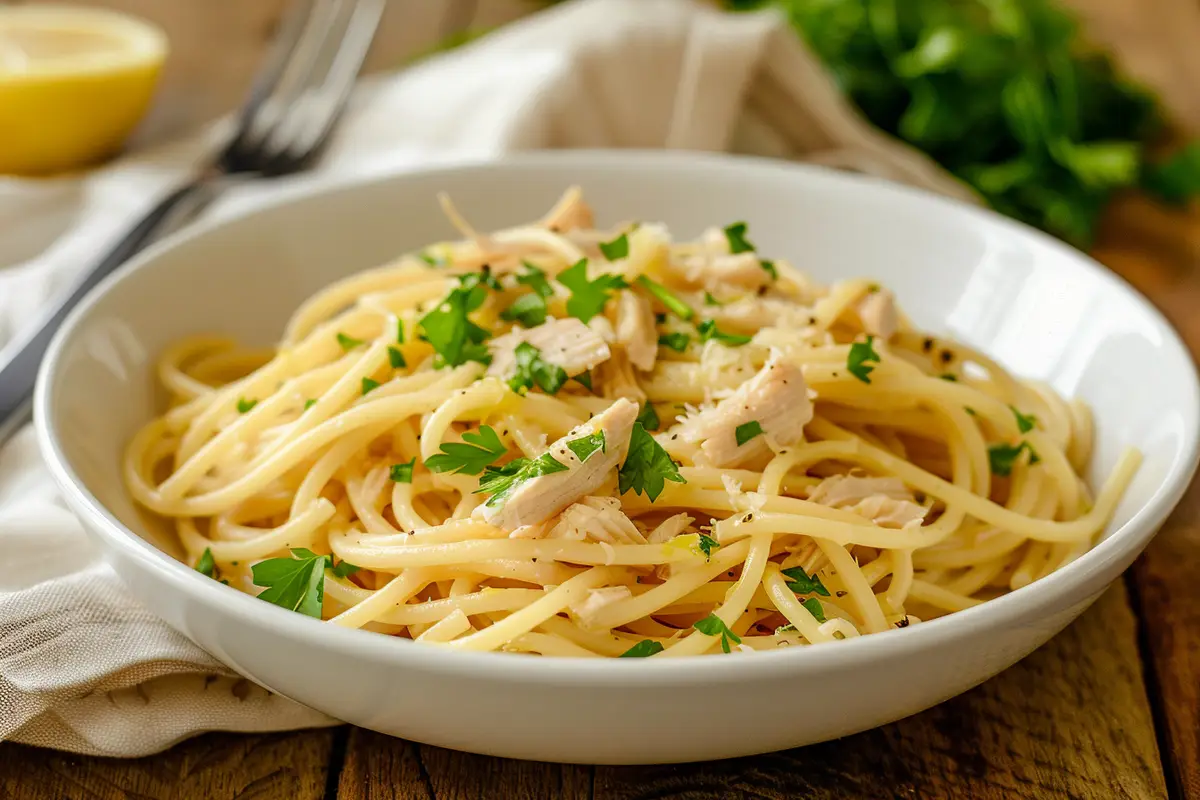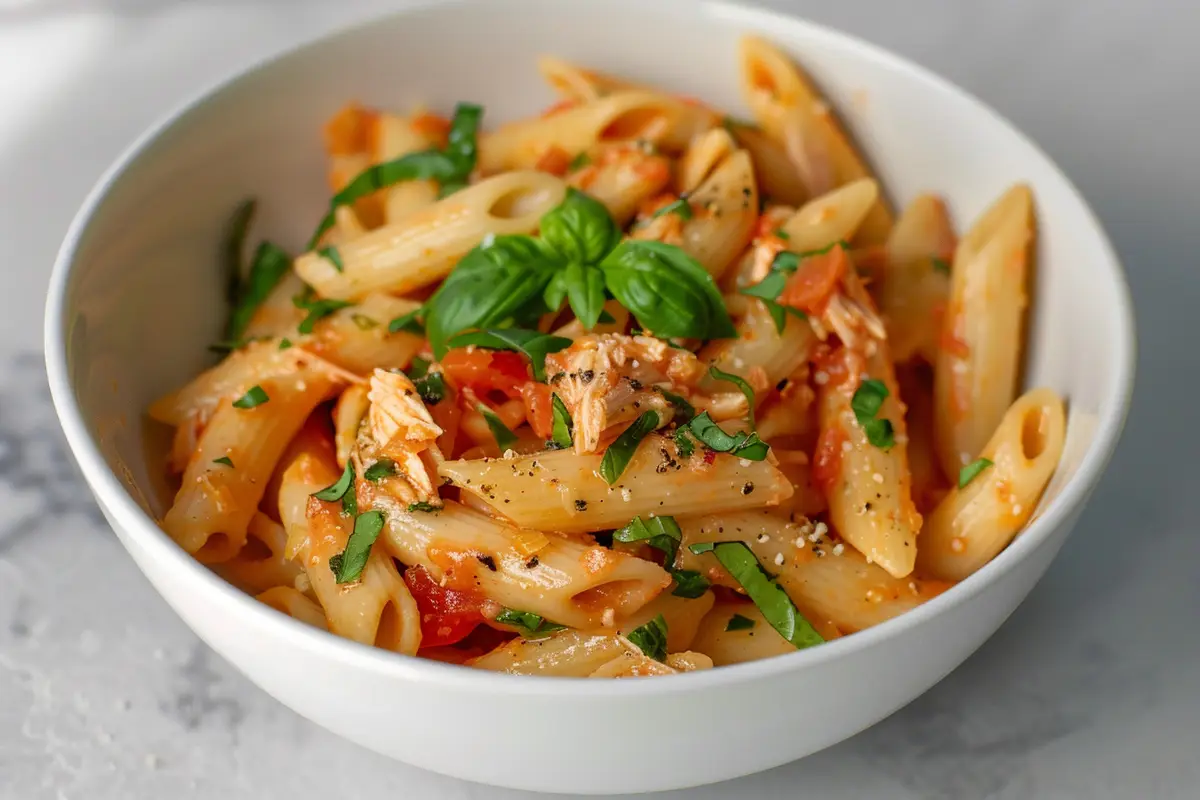Looking for a delicious way to boost your protein intake? This Protein Doughnut Recipe is not only easy to make but also packed with the nutrients your body needs. Unlike traditional doughnuts, these treats are baked, not fried, and loaded with healthy ingredients like protein powder, almond flour, and natural sweeteners.
With this Protein Doughnut Recipe, you can indulge without compromising your health goals. The combination of high-protein ingredients and natural sweeteners makes these doughnuts a smart choice for a post-workout snack or a quick breakfast on the go. They’re fluffy, moist, and full of flavor, offering a perfect balance between taste and nutrition.
In this guide, you’ll learn how to create the perfect Protein Doughnut Recipe, the benefits of incorporating protein into your desserts, and how to customize your doughnuts with different flavors and toppings. Let’s get started!
Table of Contents

Protein Doughnut Recipe: The Ultimate Guide to a Healthier Doughnut
- Total Time: 22 minutes
- Yield: 12 doughnuts 1x
Description
Looking for a guilt-free treat that’s both delicious and packed with protein? These Protein Doughnuts are baked, not fried, and made with wholesome ingredients like protein powder, almond flour, and natural sweeteners. Perfect for a post-workout snack or a quick breakfast, they’re fluffy, moist, and satisfyingly sweet without derailing your health goals. Customize them with your favorite glaze or toppings for a treat that fits your lifestyle!
Ingredients
- 1 cup almond flour
- 1/4 cup coconut flour
- 1/2 cup vanilla protein powder (whey or plant-based)
- 1 teaspoon baking powder
- 1/4 teaspoon salt
- 2 large eggs (or flaxseed substitute for vegan option)
- 1/2 cup unsweetened almond milk
- 1/4 cup melted coconut oil
- 1/4 cup honey or maple syrup (or monk fruit sweetener for low-carb)
- 1 teaspoon vanilla extract
For the Glaze (optional):
- 1 cup powdered sugar (or powdered erythritol for keto)
- 2 tablespoons almond milk
- 1 teaspoon vanilla extract
Instructions
- Preheat the oven to 350°F (180°C) and lightly grease a donut pan.
- In a large bowl, combine almond flour, coconut flour, protein powder, baking powder, and salt. Whisk to blend.
- In another bowl, whisk together eggs, almond milk, melted coconut oil, honey (or sweetener), and vanilla extract until smooth.
- Gradually fold the dry ingredients into the wet mixture, stirring until a smooth batter forms. Avoid overmixing to maintain a light texture.
- Spoon the batter into the prepared donut pan, filling each mold about ¾ full.
- Bake for 10–12 minutes, or until a toothpick inserted into a doughnut comes out clean.
- Let the doughnuts cool in the pan for 5 minutes before transferring them to a wire rack to cool completely.
- For the glaze, mix powdered sugar, almond milk, and vanilla extract until smooth. Dip each doughnut into the glaze and allow it to set for 5–10 minutes before serving.
Notes
- For a keto-friendly version, use powdered erythritol in place of powdered sugar and monk fruit sweetener for the doughnuts.
- Customize flavors by adding cinnamon, cocoa powder, or chopped nuts to the batter.
- Store in an airtight container at room temperature for 2 days or refrigerate for up to 5 days.
- Prep Time: 10 minutes
- Cook Time: 12 minutes
- Category: sweet sensations
- Method: Snack, Breakfast, Dessert
- Cuisine: American
Nutrition
- Serving Size: 1 doughnut
- Calories: 180
- Fat: ~10g
- Carbohydrates: ~14g
- Protein: ~10g
Understanding Protein Doughnuts
What Are Protein Doughnuts?
Protein doughnuts are a healthier twist on the classic doughnut, designed for those who want to indulge while maintaining a balanced diet. These doughnuts are made with protein-rich ingredients like whey or plant-based protein powder, offering a guilt-free snack or dessert option. Unlike traditional fried doughnuts, protein doughnuts are often baked to reduce fat content and calories.
How Are Protein Doughnuts Different from Regular Doughnuts?
- Higher Protein Content: Packed with up to 15-20g of protein per serving.
- Lower in Sugar: Uses natural sweeteners like honey or monk fruit.
- Baked, Not Fried: Healthier preparation method with fewer calories and less fat.
- Gluten-Free Options Available: Almond and coconut flour are common choices for those with gluten sensitivity.
Benefits of Eating Protein Doughnuts
- Supports Muscle Growth and Recovery – Ideal for post-workout snacks.
- Balances Blood Sugar Levels – Reduced sugar content helps avoid energy crashes.
- Promotes Satiety – Keeps you fuller for longer compared to regular doughnuts.
- Easier to Digest – Especially when made with plant-based protein or gluten-free flours.
Key Ingredients for the Best Protein Doughnut Recipe
Protein Sources for Doughnuts
Choosing the right protein source is crucial for achieving the best texture and flavor in your protein doughnut recipe. The type of protein you use can make a big difference in the final result.
- Whey Protein: The most popular option for soft, fluffy doughnuts. It blends easily and has a mild flavor that complements both sweet and savory variations.
- Plant-Based Protein (Pea, Rice, Hemp): Great for vegan recipes, though it can create a denser texture. Add a little extra liquid to balance the consistency in your protein doughnut recipe when using plant-based powders.
- Collagen Protein: Provides extra health benefits for skin and joint support while maintaining a light consistency, making it a fantastic addition to your doughnuts.
Combining Flours for the Perfect Texture
The combination of flours in your protein doughnut recipe also plays a significant role in texture and moisture balance.
- Almond Flour: Adds a nutty flavor and keeps the doughnuts moist and tender.
- Coconut Flour: Absorbs more liquid than other flours; use sparingly to avoid a dry texture.
- Oat Flour: A high-fiber option that adds nutrition and enhances the doughnuts’ structure without making them too heavy.
Sweeteners and Healthy Fats
Natural sweeteners and healthy fats help reduce refined sugar and unhealthy oils while adding moisture and flavor to your protein doughnut recipe.
Natural Sweeteners:
- Honey: Adds a rich, natural sweetness.
- Maple Syrup: Provides a caramel-like flavor that pairs well with cinnamon or chocolate doughnuts.
- Monk Fruit Sweetener: A low-carb option that keeps the recipe keto-friendly.
- Stevia: A zero-calorie sweetener for those looking to cut sugar entirely.
Healthy Fats:
- Coconut Oil: Enhances moisture and gives a subtle tropical flavor.
- Avocado Oil: A neutral-tasting option with heart-healthy fats.
- Greek Yogurt: Adds protein and keeps the doughnuts soft and moist.
By carefully selecting protein sources, flours, sweeteners, and fats, you’ll create a protein doughnut recipe that’s both delicious and packed with nutrition.

Step-by-Step Guide to Making Protein Doughnuts
Preparation and Tools Needed for the Perfect Protein Doughnut Recipe
Before diving into baking, it’s essential to have the right tools and ingredients on hand. Proper preparation ensures that your protein doughnut recipe turns out perfectly every time.
Tools You’ll Need:
- Donut Pan – Essential for baking doughnuts. Silicone or non-stick pans work best to prevent sticking.
- Mixing Bowls and Whisk – For combining dry and wet ingredients.
- Measuring Cups and Spoons – Precision is key for consistent results.
- Oven Thermometer – Ensures accurate baking temperature for evenly cooked doughnuts.
Prepping Your Ingredients
- Gather and Measure Your Ingredients: This step is crucial for accuracy and consistency in your protein doughnut recipe.
- Preheat the Oven to 350°F (180°C) and lightly grease your donut pan with oil or cooking spray.
- Prepare Your Protein Powder: Mix it with your chosen flour (almond or coconut) to prevent clumping and ensure even distribution in the batter.
Mixing and Baking Instructions
- Mix Dry Ingredients: In a bowl, combine protein powder, almond flour, coconut flour, baking powder, and a pinch of salt. This base is the foundation of your protein doughnut recipe.
- Combine Wet Ingredients: In a separate bowl, whisk together eggs (or flaxseed for a vegan version), almond milk, melted coconut oil, and your natural sweetener of choice (such as honey or maple syrup).
- Blend Wet and Dry: Gradually mix the dry ingredients into the wet ingredients until a smooth batter forms. Be careful not to overmix to keep the doughnuts light and fluffy.
- Fill the Donut Pan: Spoon the batter into the greased donut pan, filling each mold about ¾ full.
- Bake: Place the pan in the preheated oven and bake for 10–12 minutes, or until a toothpick inserted into a doughnut comes out clean.
- Cool: Let the doughnuts cool in the pan for 5 minutes before transferring them to a wire rack to cool completely.
Pro Tips for Perfect Texture
- Adjust Consistency: If the batter feels too thick, add a splash of almond milk until it loosens up slightly.
- Enhance Flavor: Add a teaspoon of vanilla extract or a pinch of cinnamon for extra depth and warmth in your protein doughnut recipe.
By following these steps, you’ll create soft, flavorful protein doughnuts that are healthier and just as satisfying as traditional doughnuts.
How to Make the Perfect Powdered Sugar Donut Glaze
Traditional Powdered Sugar Glaze Recipe for Protein Doughnuts
A classic powdered sugar glaze is the simplest way to top your protein doughnut recipe. It adds a touch of sweetness and a glossy finish, making every bite more enjoyable without overwhelming the natural flavors of the doughnuts.
Ingredients:
- 1 cup powdered sugar
- 2 tablespoons almond milk (or regular milk)
- 1 teaspoon vanilla extract
Instructions:
- Sift the powdered sugar to remove any lumps for a smoother glaze.
- Combine all ingredients in a mixing bowl and stir until the mixture is smooth and lump-free.
- Adjust the consistency by adding more almond milk for a thinner glaze or more powdered sugar for a thicker one.
- Dip the cooled doughnuts into the glaze, allowing excess glaze to drip off.
- Let the glaze set for 5–10 minutes before serving. This ensures a beautiful, glossy finish.
Healthy Glaze Alternatives
For a healthier spin on your protein doughnut recipe, try these low-sugar or sugar-free glaze options:
- Keto-Friendly Glaze: Use powdered erythritol in place of powdered sugar. It offers the same texture without the sugar spike.
- Chocolate Protein Glaze: Mix ½ cup chocolate protein powder with almond milk until it reaches a glaze-like consistency. Perfect for chocolate lovers craving a rich finish.
- Greek Yogurt Glaze: Combine Greek yogurt, honey, and a splash of lemon juice for a tangy, creamy glaze that adds a protein boost.
Experimenting with different glaze options can elevate your protein doughnut recipe, turning it into a versatile and customizable treat. Whether you prefer a classic powdered sugar glaze or a healthy alternative, the right topping will take your doughnuts to the next level.
Tips for Healthier Doughnuts
Baking vs. Frying Doughnuts: Which is Better?
One of the easiest ways to make doughnuts healthier is by baking rather than frying. Not only does baking reduce fat and calories, but it also retains more nutrients and is less messy compared to frying. Here’s a comparison:
| Baking | Frying |
|---|---|
| Lower in fat and calories | Higher in fat due to oil absorption |
| Retains more nutrients | Risk of unhealthy fats from frying oils |
| Easier and less messy | Crispier texture but more time-consuming |
Why Baking is Ideal for a Protein Doughnut Recipe
Baking is the best preparation method for a protein doughnut recipe because it helps maintain the texture while reducing unhealthy fats. Here’s why:
- Moist and Soft Texture: Protein doughnuts stay tender and fluffy when baked.
- No Need for Deep Frying: Perfect for meal prep or a quick snack without the greasy aftermath.
- Even Nutrient Distribution: Keeps the integrity of healthy ingredients like protein powder, almond flour, and natural sweeteners intact.
Reducing Sugar and Fat in Doughnuts
To make your protein doughnut recipe even healthier, focus on reducing added sugars and unhealthy fats. Here are a few tips:
- Use Natural Sweeteners: Swap refined sugar for healthier alternatives like honey, maple syrup, or stevia. They add sweetness without the sugar crash.
- Replace Butter with Healthy Oils: Coconut oil and avocado oil are excellent choices that enhance moisture while reducing saturated fat.
- Incorporate Fiber: Add oat flour or chia seeds to increase fiber content, improving digestion and keeping you full longer.
Low-Calorie Topping Ideas for Protein Doughnuts
Elevate your protein doughnut recipe with these nutritious and delicious topping options:
- Crushed nuts or seeds for added crunch and healthy fats.
- Fresh berries to boost antioxidants and natural sweetness.
- A light dusting of cinnamon for warmth and flavor without added calories.
Baking your protein doughnut recipe and topping it with healthy ingredients ensures you’ll enjoy a satisfying, nutrient-dense treat that keeps you energized and on track with your health goals.

Common Mistakes to Avoid When Making Protein Doughnuts
Overmixing the Batter
Overmixing is one of the most common mistakes when preparing a protein doughnut recipe. It can lead to a dense, rubbery texture that lacks the light, fluffy consistency you want in a doughnut.
How to Avoid:
- Gently fold the ingredients together until just combined.
- If the batter is too thick, add a little extra almond milk to loosen it up. This will help maintain a moist, tender texture in your protein doughnut recipe.
Not Using the Right Protein Powder
The protein powder you choose plays a significant role in the doughnut’s texture and flavor. The wrong type can result in gritty or overly dense doughnuts.
Types of Protein Powder and Their Effects:
- Whey Protein Isolate: Light and fluffy texture with a mild flavor—perfect for baked goods.
- Plant-Based Protein: Denser, but a great option for vegan recipes.
- Casein Protein: Creates a thicker, more cake-like consistency.
For the best results, select a protein powder that blends well with your chosen flours and sweeteners to enhance the overall taste of your protein doughnut recipe.
Skipping the Glaze or Toppings
Protein doughnuts can taste bland without a little extra flavor on top. A simple glaze or creative toppings can transform them into something special.
Topping Ideas:
- Drizzle melted dark chocolate for an indulgent treat.
- Add crushed nuts or seeds for a crunchy texture.
- Fresh fruit can provide a pop of color and natural sweetness.
Baking at the Wrong Temperature
Baking protein doughnuts at too high a temperature can cause them to dry out, resulting in a chewy or overly dense texture.
Optimal Baking Tip:
Preheat your oven to 350°F (180°C) and check for doneness after 10 minutes. Insert a toothpick into a doughnut—if it comes out clean, they’re ready. Proper temperature control is crucial for achieving the best texture and flavor in your protein doughnut recipe.
By avoiding these common mistakes, you’ll be well on your way to making perfectly moist and delicious protein doughnuts every time!ck for doneness after 10 minutes.
Amish Doughnuts vs. Protein Doughnuts
What Makes Amish Doughnuts Unique?
Amish doughnuts are known for their incredible taste and fluffy texture. Made from scratch with fresh, high-quality ingredients like real butter, whole milk, and freshly ground flour, these doughnuts are deep-fried to golden perfection and generously glazed, creating a rich and indulgent treat.
Key Characteristics of Amish Doughnuts:
- Rich, Buttery Flavor: Made with fresh dairy and eggs for a richer taste.
- Deep-Fried for Crispness: Gives them a unique texture that’s crispy on the outside and soft inside.
- Larger and Fluffier: Often much bigger than store-bought doughnuts.
Protein Doughnuts vs. Amish Doughnuts: A Health Comparison
| Feature | Amish Doughnuts | Protein Doughnuts |
|---|---|---|
| Protein Content | Low | High (15–20g per doughnut) |
| Sugar Content | High | Lower (using natural sweeteners) |
| Preparation Method | Fried | Baked |
| Gluten-Free Options | Rare | Common |
| Fat Content | High | Lower (with healthy fats) |
Which One is Healthier?
Protein doughnuts are the clear winner for anyone seeking a healthier option. While Amish doughnuts are undeniably delicious, they’re best enjoyed occasionally due to their high sugar and fat content. On the other hand, a well-prepared protein doughnut recipe provides the same satisfaction with fewer calories, healthier fats, and significantly more protein, making it the ideal choice for a guilt-free treat.
Storing and Serving Protein Doughnuts
Proper Storage Tips
To keep your protein doughnuts fresh and flavorful, follow these storage guidelines:
- Room Temperature: Store in an airtight container for up to 2 days.
- Refrigeration: Keep in the fridge for up to 5 days to maintain freshness.
- Freezing: Place in a freezer-safe bag and freeze for up to 3 months. Thaw at room temperature before serving.
Reheating Tips:
- Microwave: Heat for 10–15 seconds for a warm, fresh taste.
- Oven: Bake at 300°F for 5–7 minutes to restore their texture.
Best Ways to Serve Protein Doughnuts
- Post-Workout Snack: Pair with a protein shake for a recovery boost.
- Breakfast on the Go: Add fresh fruit and Greek yogurt on the side.
- Dessert: Drizzle with melted dark chocolate or top with chopped nuts.
Topping Ideas:
- Almond butter and sliced bananas
- Chopped pecans and a dash of cinnamon
- Coconut flakes and dark chocolate chips
FAQs About Protein Doughnuts
Does a Doughnut Have Protein?
Yes, but only in small amounts. Traditional doughnuts contain about 2–4 grams of protein. However, protein doughnuts can have 10–20 grams per serving due to the addition of protein powder and high-protein ingredients like almond flour and Greek yogurt.
How Do You Make Powdered Sugar Donut Glaze?
To make a powdered sugar glaze, combine 1 cup of powdered sugar with 2 tablespoons of almond milk (or regular milk) and 1 teaspoon of vanilla extract. Mix until smooth, then dip or drizzle over the doughnuts. For a healthier option, use powdered erythritol.
Why Are Amish Donuts So Good?
Amish doughnuts are made using fresh, high-quality ingredients and are deep-fried to achieve a light, fluffy texture. The traditional preparation method and generous glaze make them especially indulgent.
How to Make Doughnuts Healthy?
- Bake Instead of Frying: Reduces fat and calories.
- Use Protein-Rich Ingredients: Almond flour, protein powder, and Greek yogurt.
- Opt for Natural Sweeteners: Honey, maple syrup, or stevia.
- Add Healthy Fats: Coconut oil or avocado oil instead of butter.
Why is Donut Unhealthy?
Traditional doughnuts are high in refined sugar, unhealthy fats, and refined flour. These ingredients contribute to high calorie content without offering much nutritional value, leading to blood sugar spikes and crashes.
Is it Better to Bake or Fry Doughnuts?
Baking is a healthier option since it significantly reduces the fat content. Baked doughnuts are softer and less greasy than fried ones. However, frying gives a crispier texture if that’s your preference.
Conclusion
Protein doughnuts are a game-changer for anyone who loves doughnuts but wants a healthier option. With the right ingredients and preparation methods, you can enjoy a sweet treat that’s packed with protein, low in sugar, and full of flavor. Whether you prefer a classic powdered sugar glaze or a keto-friendly alternative, this protein doughnut recipe is sure to satisfy your cravings without derailing your health goals.
From simple vanilla to indulgent chocolate, there’s a protein doughnut recipe for everyone, allowing you to customize flavors and toppings to fit your preferences while staying on track with your nutrition plan.
– Check out these low-carb, high-protein ideas Catalina Crunch Recipes







